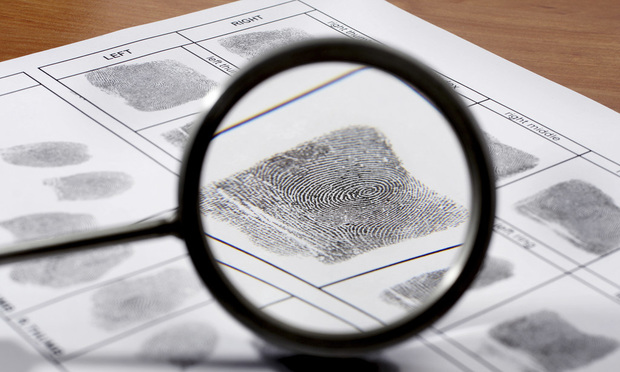 In the realm of criminal justice, last April brought more than just showers; it brought a flood of new legislation on bail and discovery that, according to prosecutors, will deluge and drown an already taxed system, and according to the defense will flower into a new era of long-needed reform, reducing wrongful convictions and remedying injustices in the criminal justice system. With respect to discovery, the legislature passed a sweeping bill repealing Article 240 of the Criminal Procedure Law in its entirety effective Jan. 1, 2020, and replacing it with Article 245, which vastly expands discovery in the state, transforming New York from one of the most restrictive states to one of the most expansive with respect to pre-trial disclosure and transparency.
In the realm of criminal justice, last April brought more than just showers; it brought a flood of new legislation on bail and discovery that, according to prosecutors, will deluge and drown an already taxed system, and according to the defense will flower into a new era of long-needed reform, reducing wrongful convictions and remedying injustices in the criminal justice system. With respect to discovery, the legislature passed a sweeping bill repealing Article 240 of the Criminal Procedure Law in its entirety effective Jan. 1, 2020, and replacing it with Article 245, which vastly expands discovery in the state, transforming New York from one of the most restrictive states to one of the most expansive with respect to pre-trial disclosure and transparency.
For the appellate practitioner, these sweeping changes will surely lead to a multitude of novel appellate issues in the years to come, as the boundaries and impacts of these new laws are tested and challenged, with arguments on both sides weaving their slow path through pleadings and litigation in the trial courts, and then ultimately making their way up on appeal. But one small subsection of one short provision—a little-discussed and barely-noticed raindrop in the monsoon of changes contained in Article 245—will require far more immediate attention from the Appellate Divisions of this state, and, concomitantly, from the attorneys who argue there.






